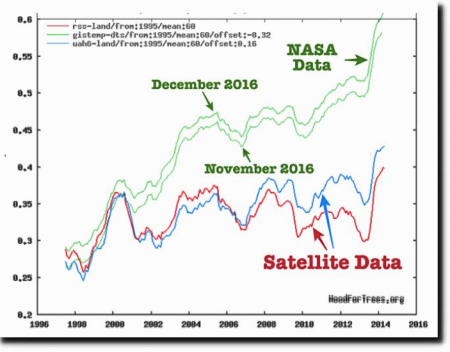ULA gets three launch contracts
Capitalism in space: ULA last week won three launch contracts, two from the Air Force and one from NASA.
Both rockets are part of the existing EELV Block Buy between the Air Force and United Launch Alliance. The mission assignments were announced Friday by the Pentagon. The missions exceed the lift performance of the SpaceX Falcon 9 rockets that has been certified by the Air Force for national security payloads, making ULA the only provider available to execute these heavy launches.
In other government-launch news, NASA said last month that the second satellite in the next-generation era of U.S. civilian weather observatories will be launched atop an Atlas 5-401 rocket. The Atlas 5 beat out the Falcon 9 in a competition to win the rights to launch the Joint Polar Satellite System spacecraft No. 2 in 2021 from Vandenberg Air Force Base.
For SpaceX to truly compete with ULA they need to get the Falcon Heavy flying.
Capitalism in space: ULA last week won three launch contracts, two from the Air Force and one from NASA.
Both rockets are part of the existing EELV Block Buy between the Air Force and United Launch Alliance. The mission assignments were announced Friday by the Pentagon. The missions exceed the lift performance of the SpaceX Falcon 9 rockets that has been certified by the Air Force for national security payloads, making ULA the only provider available to execute these heavy launches.
In other government-launch news, NASA said last month that the second satellite in the next-generation era of U.S. civilian weather observatories will be launched atop an Atlas 5-401 rocket. The Atlas 5 beat out the Falcon 9 in a competition to win the rights to launch the Joint Polar Satellite System spacecraft No. 2 in 2021 from Vandenberg Air Force Base.
For SpaceX to truly compete with ULA they need to get the Falcon Heavy flying.


